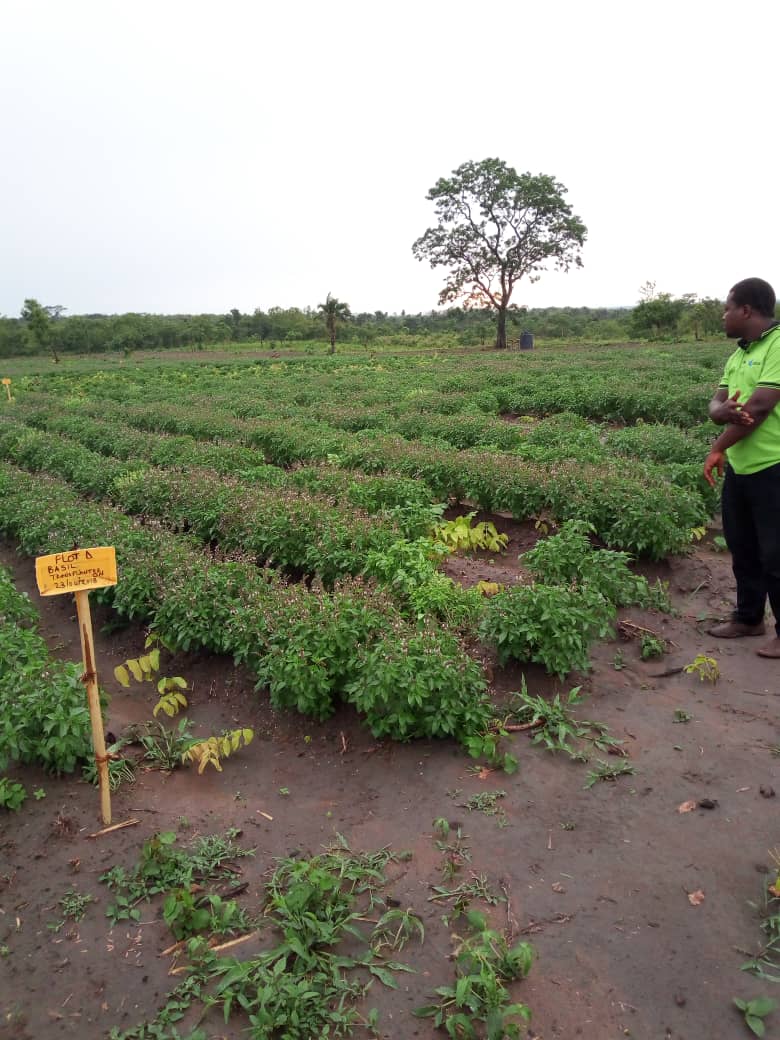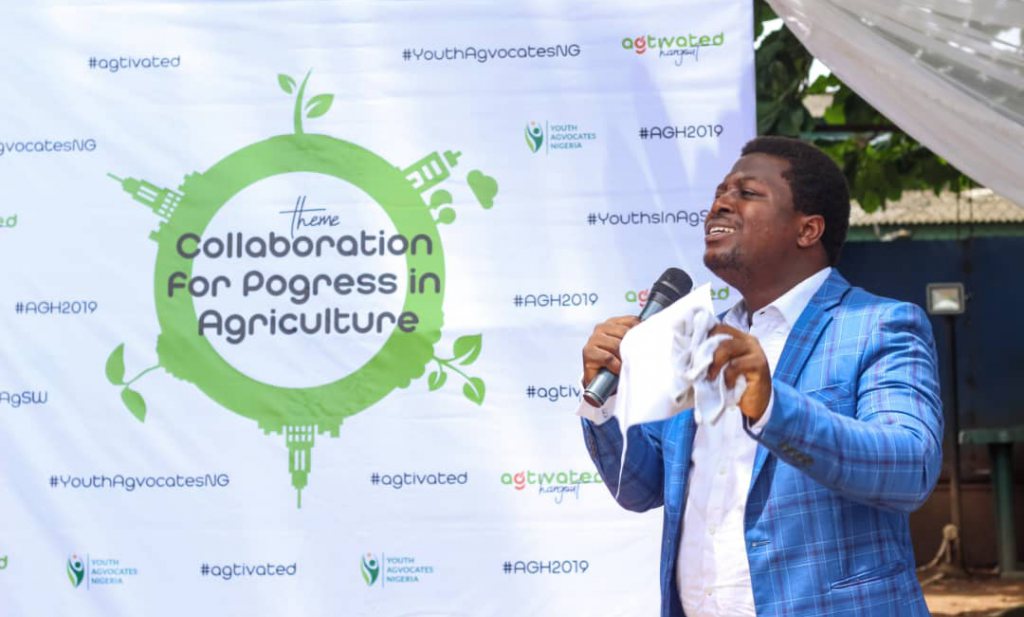“In building a successful and sustainable food empire in agriculture, empowerment of the farmers must begin and end with them.” says Babatunde Olarewaju, Nigerian food expert and agronomist. In this week's edition of Letter to my Farmers he discusses the importance of bottom-up approaches by donor organisations in their agricultural programmes or initiatives.
Over the years, smallholder farmers have been provided with several programmes to build capacity, improve productivity, livelihood and market accessibility. However, despite several programmes are designed to tackle farmers’ challenges, it seems the same challenges are still in existence today. Thus, this brings into question the impact or outcome reports of these interventions or programmes. Are they really successful and sustainable?
As it stands, the agricultural sector in developing countries still needs interventions, but it must be a bottom-top approach, where the target beneficiaries determine the problems themselves and are empowered to solve these challenges themselves. This ensures that programmes are self-owned by communities, and increases probability of sustainability.
It is high time we redesign the way in which intervention programmes are designed and deployed in developing countries, taking into account the new realities and ensuring that intervention funds are efficiently utilised rather than the boomerang tool system that is currently in place.
In building a successful and sustainable food empire in agriculture, empowerment of the farmers must begin and end with them. The farmers should not only be trainees but also trainers which would go a long way in bridging the gap in sustainability.
Yours-in-service
Babatunde

Farmers Training in Jigawa State

A Basil project in Okay, Oyo State
Please find last week's letter by Babatunde here: The need for patient capital
As it stands, the agricultural sector in developing countries still needs interventions, but it must be a bottom-top approach, where the target beneficiaries determine the problems themselves and are empowered to solve these challenges themselves. This ensures that programmes are self-owned by communities, and increases probability of sustainability.
It is high time we redesign the way in which intervention programmes are designed and deployed in developing countriesIt is vital that donor organisations make use of different approaches in assessing project success and sustainability rather than using traditional methods, which are often based on their own objectives and deliverables. This is because successful projects should be based on solving societal problems that are perceived by the beneficiaries rather than what the implementing organisations feel.
It is high time we redesign the way in which intervention programmes are designed and deployed in developing countries, taking into account the new realities and ensuring that intervention funds are efficiently utilised rather than the boomerang tool system that is currently in place.
In building a successful and sustainable food empire in agriculture, empowerment of the farmers must begin and end with them. The farmers should not only be trainees but also trainers which would go a long way in bridging the gap in sustainability.
Yours-in-service
Babatunde


Please find last week's letter by Babatunde here: The need for patient capital
Related



